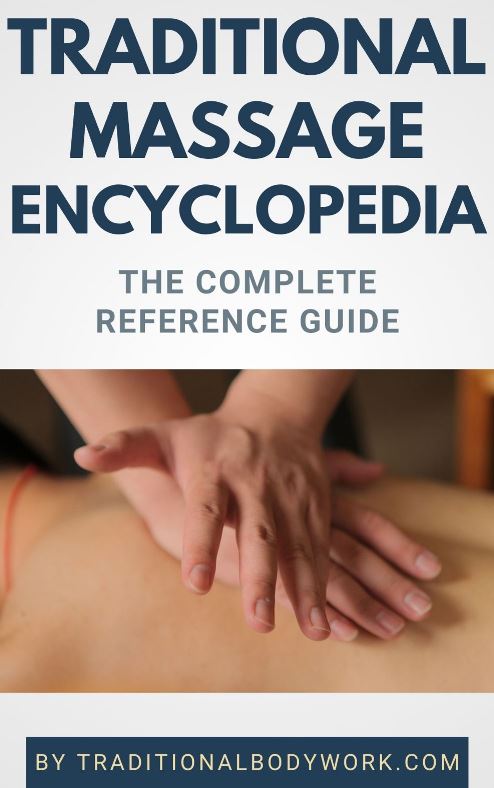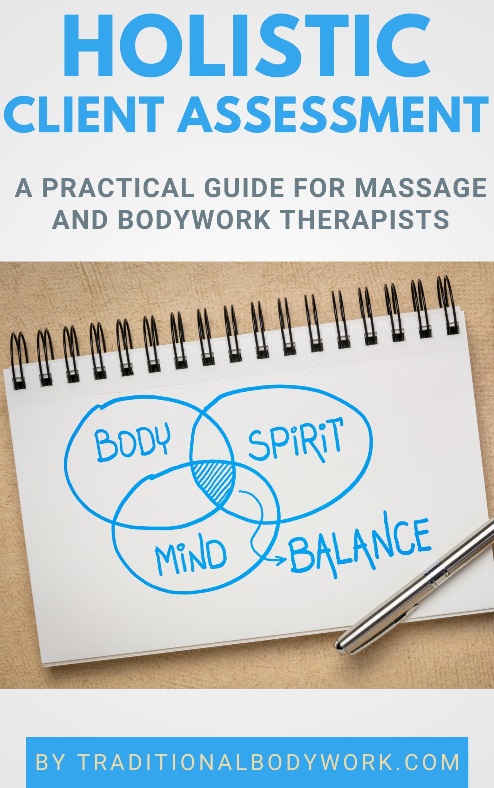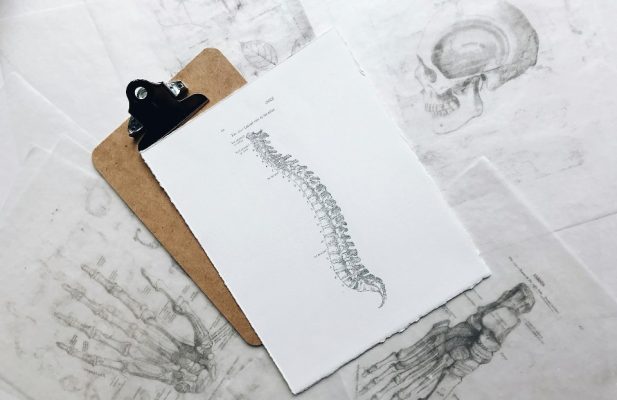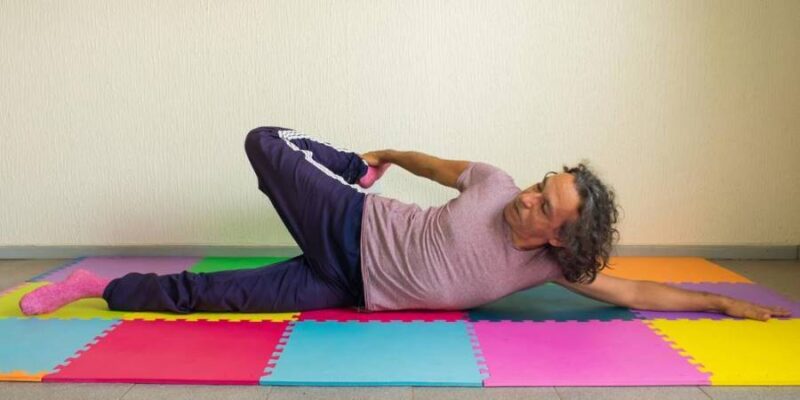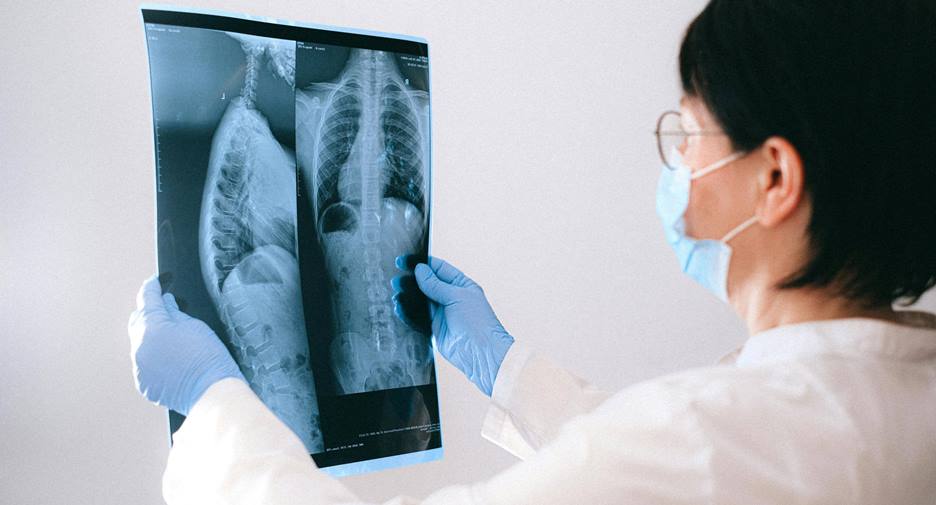
Sports are risky because of the movements they demand. It’s no wonder that sprains, strains, fractures, and dislocations are common sports-related injuries.
But sportspeople are also at risk of spinal cord injury. You don’t have to suffer alone. There are many ways to find relief and get back to feeling stronger.
If you’re in a place like Denver, which ranks among the best cities for an active lifestyle, you’ll find a community that truly understands sports-related challenges. Many specialized clinics here offer top-notch support.
Centers for sport and spine physical therapy in Denver can provide tailored programs. These programs help manage both nerve pain and muscle pain, helping you rebuild strength and get back to enjoying life.
Having said that, let’s take a look at how you can manage chronic back pain due to sports-related spinal cord injury.
#1 Stick With a Daily Stretching Routine
Gentle stretching can work wonders when you’re suffering from a spinal cord injury. It helps ease muscle tension, improve flexibility, and maintain mobility. Stretching also helps increase blood flow to affected areas, promoting overall well-being.
The most important rule for stretching is to never push to the point of pain. Stretching should feel like a gentle pull, not a sharp discomfort.
Basic stretches like knee-to-chest pulls, where you lie on your back and gently bring each knee toward your chest, can be incredibly effective.
Cat-cow stretches are excellent for spinal mobility. Get on your hands and knees, then gently arch your back upwards towards the ceiling before sagging it downwards towards the floor.
Seated trunk extension is another stretching exercise beneficial for spinal cord injuries. While sitting in a chair, lean forward as far as is comfortable. Reach your hands to the floor and use your back muscles to slowly sit up.
Listen to your body, though. If it hurts while stretching, don’t push through it. Or, it may worsen pain.
#2 Consider Physical Therapy
Working with a physical therapist is a good way to regain movement and strength. They are experts at creating a personalized plan that can help you get back to daily activities.
Physical therapy aims to decrease pain in the lower back and legs and improve the ability to perform daily activities independently. Not only that, but it also aims to increase spine flexibility and range of motion and develop a long-term plan to prevent pain from returning.
Spinal cord injuries often result in impaired balance. Physical therapy, however, helps improve balance. Denver Integrated Spine Center explains that it helps keep your muscles strong and coordinated, which lowers your fall risk.
The results are impressive. A study published in ScienceDirect reports that physical therapy helps individuals with spinal cord injury achieve functional recovery of the upper limbs, lower limbs, and bladder control.
Common PT techniques include hands-on techniques to mobilize soft tissues and joints, mobility training to balance practice or assisted walking, and posture correction. Some therapists even use functional electrical stimulation (FES) to activate muscles.
#3 Try Non-Invasive Treatments
There are plenty of treatment options that don’t involve surgery or heavy medications.
Over-the-counter nonsteroidal anti-inflammatory drugs (NSAIDs) like ibuprofen offer an excellent way to reduce pain and inflammation. Don’t overdose on them, though. Long-term use can affect your kidneys and liver.
If you have nerve pain, your doctor might suggest anti-seizure drugs like gabapentin or certain antidepressants.
Mind-body and other therapies can also be very helpful. Acupuncture is an example. It’s a process in which tiny needles are inserted into the skin at specific points to stimulate the body’s pain control system. It is effective for chronic low-back pain.
Massage therapy is also effective. It stimulates blood flow, relaxes muscles, and reduces tension; it is a commonly used natural treatment.
Applying heat increases blood flow and reduces stiffness, while cold therapy reduces inflammation and numbs sore tissues. However, exercise caution in areas with impaired sensation to prevent burns.
According to the World Health Organization, those with spinal cord injuries are at risk of developing clinical signs of depression. Psychotherapy, especially cognitive behavioral therapy (CBT), can train your brain to think differently about pain.
Putting it all together, living with chronic back pain from a sports-related spinal cord injury can be tough, but you’re not powerless. You can significantly reduce the pain and get back to enjoying your life if you follow these tips.
Little things make a big difference. To support your spine’s natural alignment, make it a habit to stand and sit tall, keeping your shoulders back and chin up. Remember to stay active with gentle, frequent movements and pay attention to how your body feels.
Healing takes time, so stay patient. Eventually, you’ll start to feel the difference.

